Tahitian Pearls: Gemstone and Jewelry
Tahitian pearls, also known as Black Pearls, are among the most unique and beautiful types of pearls found in the world. These pearls are grown exclusively in the waters surrounding the islands of French Polynesia, specifically in the atolls and lagoons near Tahiti, hence their name. Tahitian pearls are renowned for their iridescence, luster, and natural hues ranging from deep blacks and grays, to vibrant greens, blues, and purples. These natural wonders have become increasingly popular among jewelry connoisseurs and fashionistas alike. This article will delve into the fascinating world of Tahitian pearls, exploring their history, cultivation methods, and unique attributes that make them so desirable.

History of Tahitian Pearls:
Pearls have been sought after for thousands of years for their beauty and rarity. In ancient times, pearls were considered to be a symbol of wealth, power, and prestige. They were used to adorn jewelry, clothing, and ceremonial objects. Tahitian pearls have a rich cultural history, as they were once known as “pearls of the queen."
In ancient Polynesian legend, the god Oro, the god of peace and fertility, gave Tahitian black pearls to Princess Bora Bora as a symbol of his love and devotion. These pearls were revered and passed down for generations. In the late 19th century, pearl harvesting in the area had become nearly extinct due to overfishing, but was revived in the 1970s with the development of pearl farming.

Cultivation Methods:
Tahitian pearl cultivation is a complex and time-consuming process that requires skilled technicians and specialized equipment. Unlike some other types of pearls, which are farmed in freshwater or saltwater environments, Tahitian pearls are exclusively grown in lagoons and atolls. These are shallow, sheltered areas of ocean that are protected from high surf and strong currents. The process of producing a Tahitian pearl begins with the collection of pearl oysters, which are endemic to the waters of French Polynesia.
Once collected, oysters are cleaned and sorted according to their size and maturity. Pearl technicians then implant a small bead, usually made of mother of pearl, into the oyster's mantle tissue. The oyster then begins to coat the bead with layers of nacre, a substance that gives pearls their luster and iridescence. This process can take up to three years, during which time technicians carefully monitor the oysters and their environment to ensure maximum growth and health.

Unique Attributes of Tahitian Pearls:
Tahitian pearls are known for their unique and mesmerizing hues, which range from deep black and gray to vibrant greens, blues, and purples. These colors are entirely natural and are a result of the oyster's environment and genetics. The unique colors of Tahitian pearls are highly coveted by jewelers and collectors alike, as they add a touch of exoticism and elegance to any piece of jewelry.
Additionally, Tahitian pearls are known for their large sizes, with some specimens exceeding 18mm in diameter. This large size, combined with their unique colors, makes Tahitian pearls highly desirable and valuable.

Jewelry Made with Tahitian Pearls:
Tahitian pearls are used to create a stunning array of jewelry, from simple stud earrings to elaborate necklaces and bracelets. Their natural colors and luster make them ideal for pairing with other gemstones such as diamonds, sapphires, and rubies. Black Tahitian pearls are particularly popular for men's jewelry, as they are a popular choice for cufflinks and tie pins. Tahitian pearls are also highly sought after in the world of haute couture, and have been used in fashion designs by numerous designers, including Chanel and Christian Dior.

Care and Maintenance of Tahitian Pearls:
Caring for Tahitian pearls is an important part of ensuring their longevity and beauty. Pearls are delicate and must be treated with care to maintain their luster and color. Tahitian pearls should be stored separately from other jewelry, as they can easily become scratched or damaged.
Pearls should be cleaned regularly with mild soap and water, using a soft cloth or brush to remove any dirt or debris. Chemicals and harsh cleaning agents should be avoided, as these can damage the pearl's surface. Additionally, pearls should be protected from exposure to extreme heat, cold, and humidity, as these can cause cracking or discoloration.

Tahitian pearls are a natural wonder, cherished for their beauty, rarity, and unique hues. The cultivation process of these pearls is complex and requires a high degree of expertise and care. The unique colors of Tahitian pearls make them highly desirable and valued by jewelers, collectors, and fashion designers alike. Proper care and maintenance are essential for ensuring the longevity and beauty of these pearls. Overall, Tahitian pearls are a stunning testament to the natural beauty of our world, and their allure shows no sign of fading anytime soon.




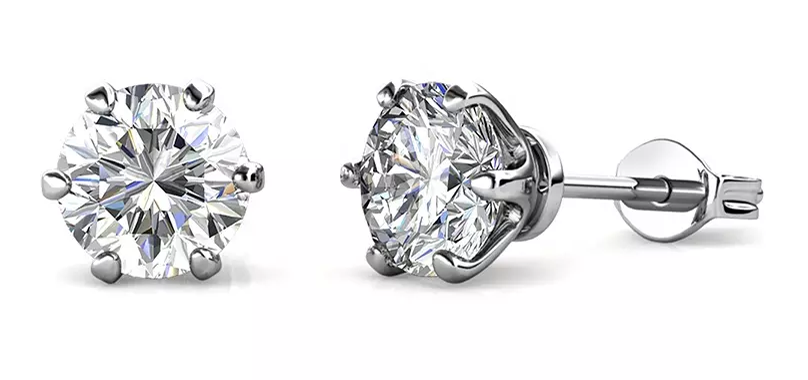
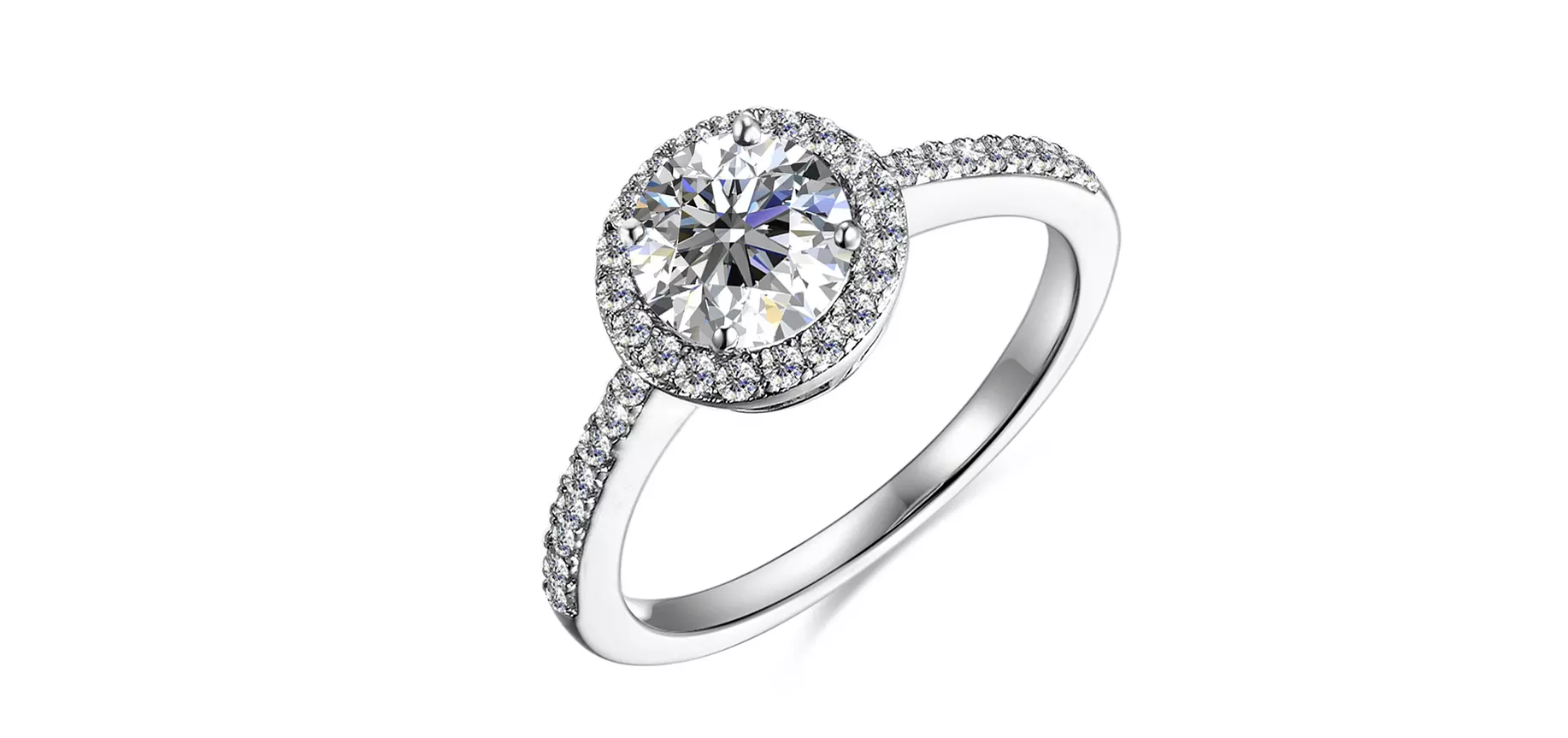
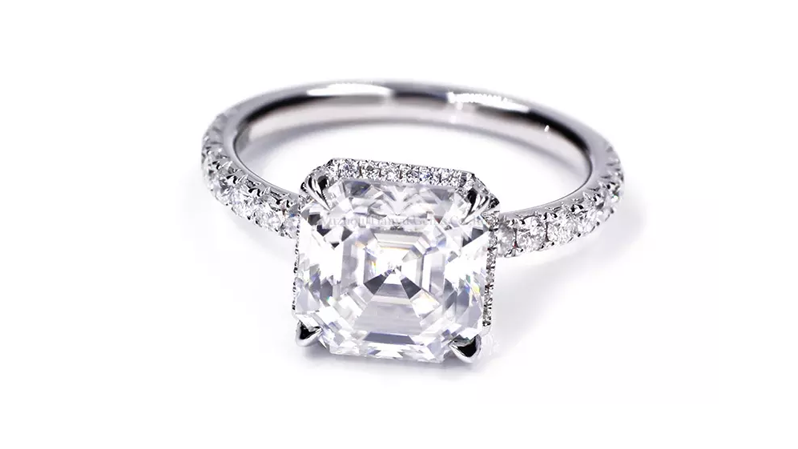
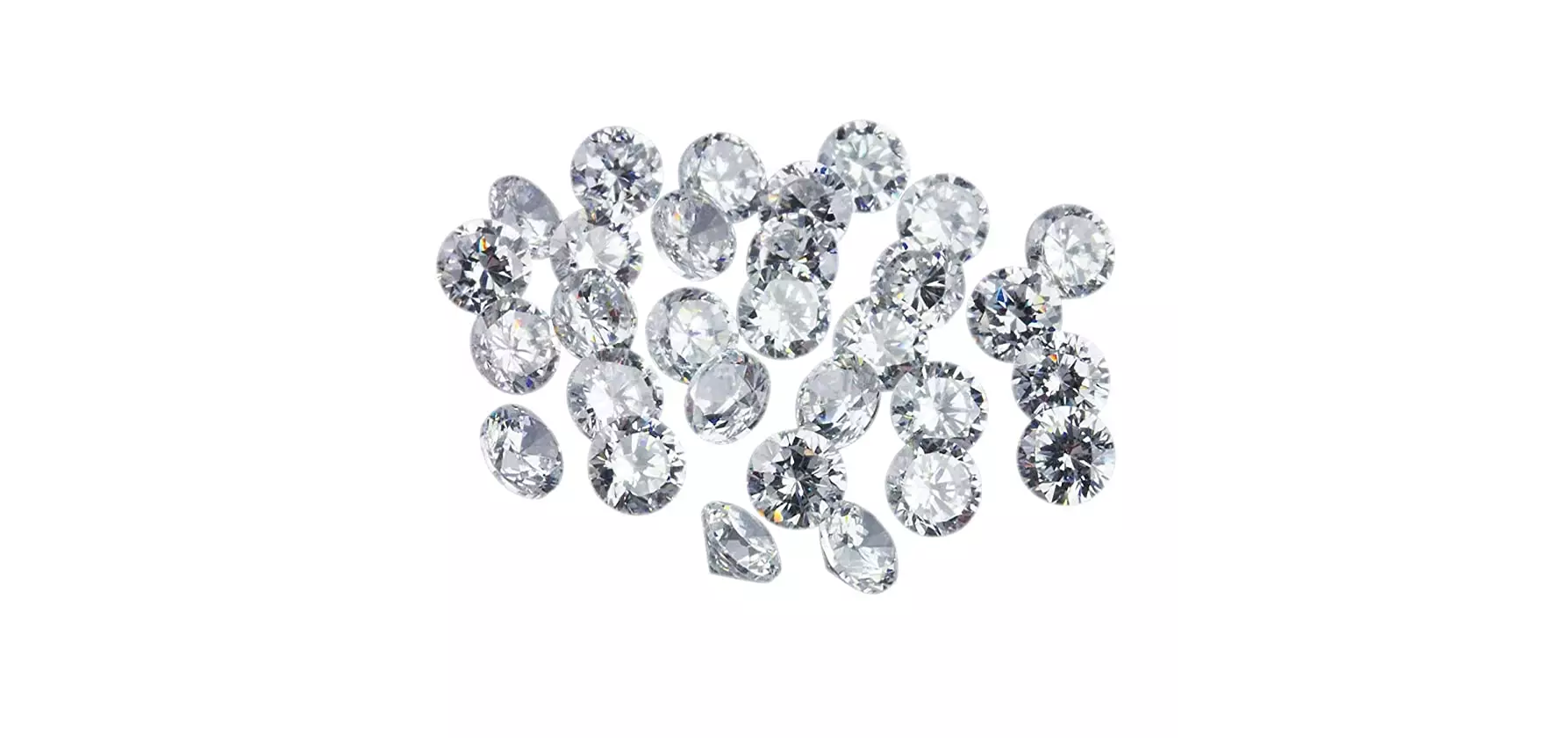
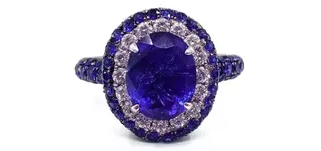
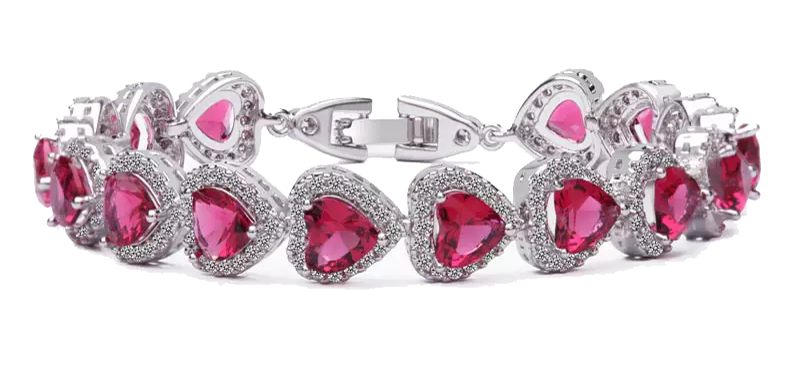
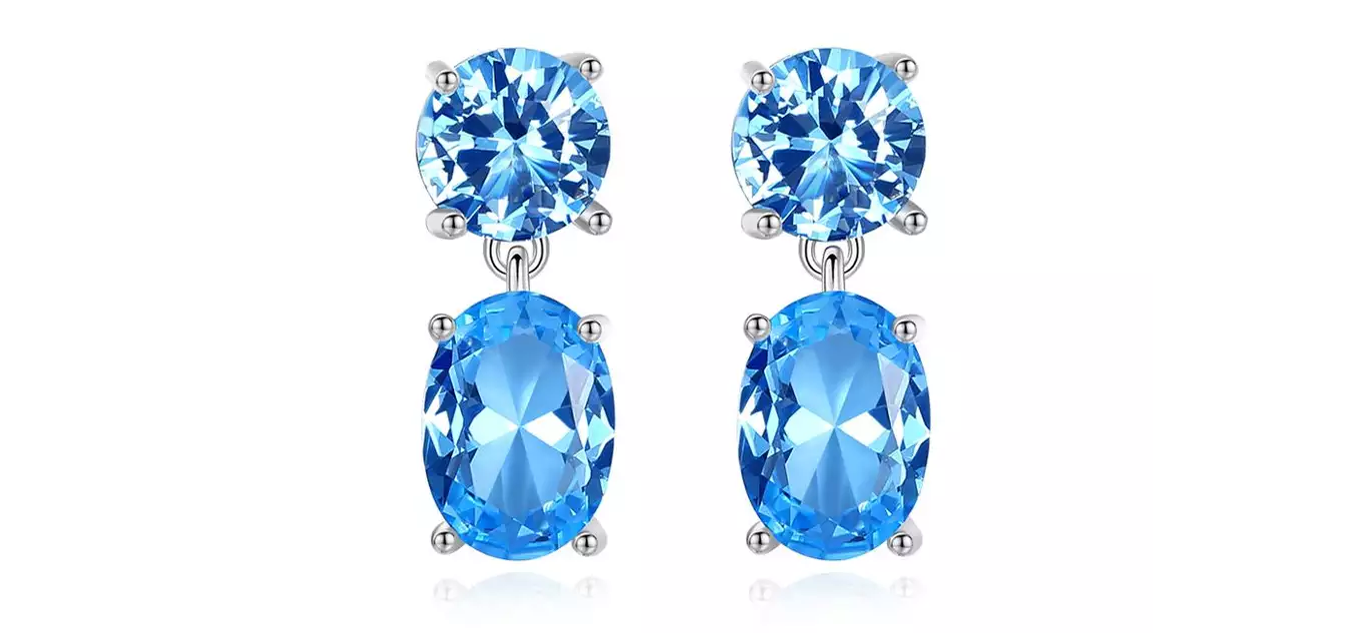
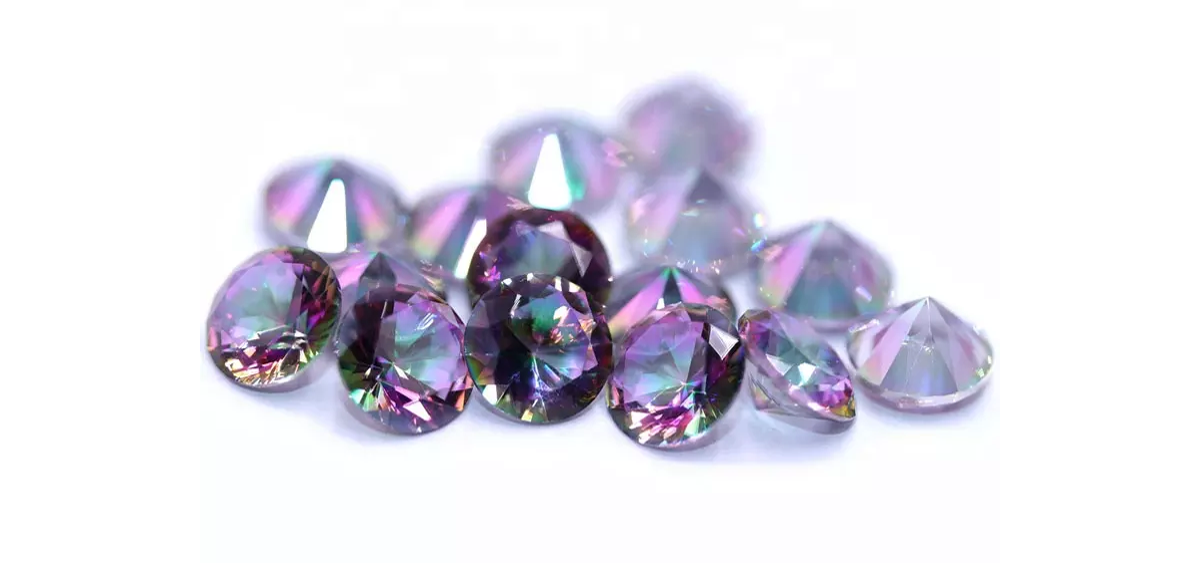
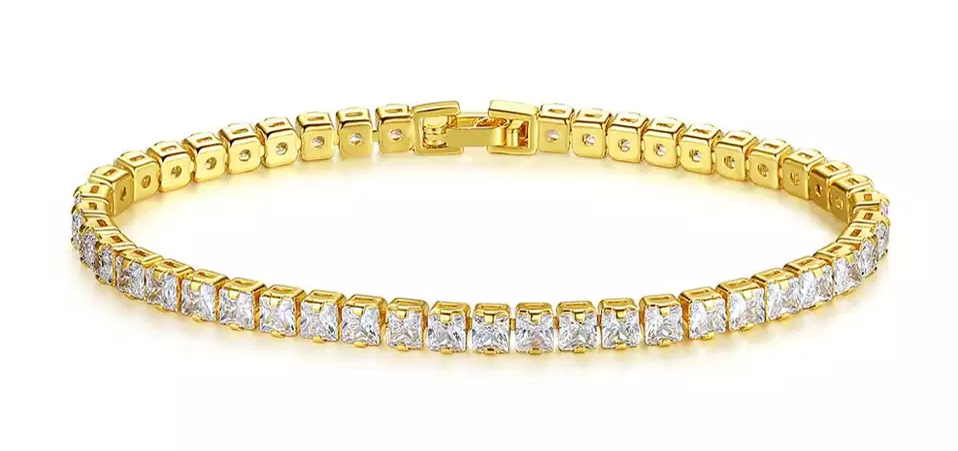
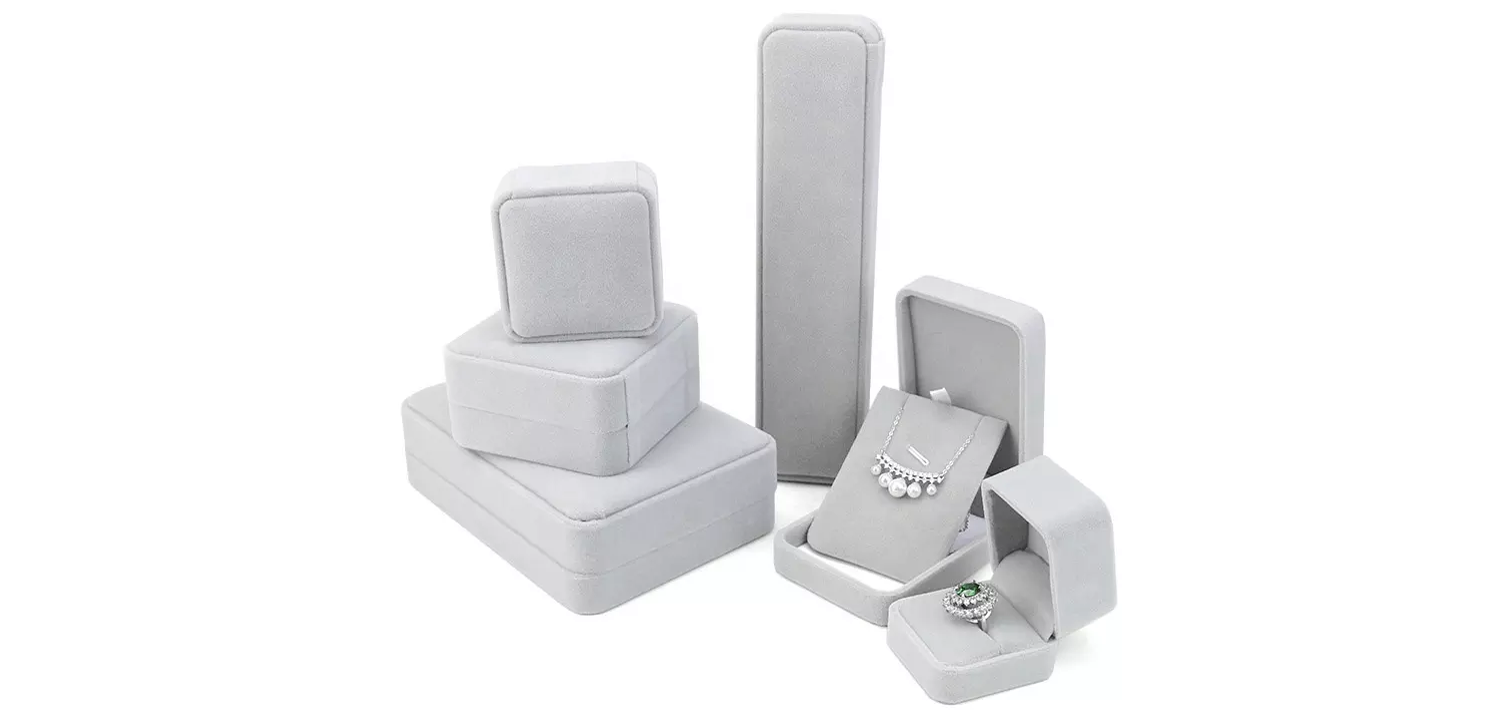
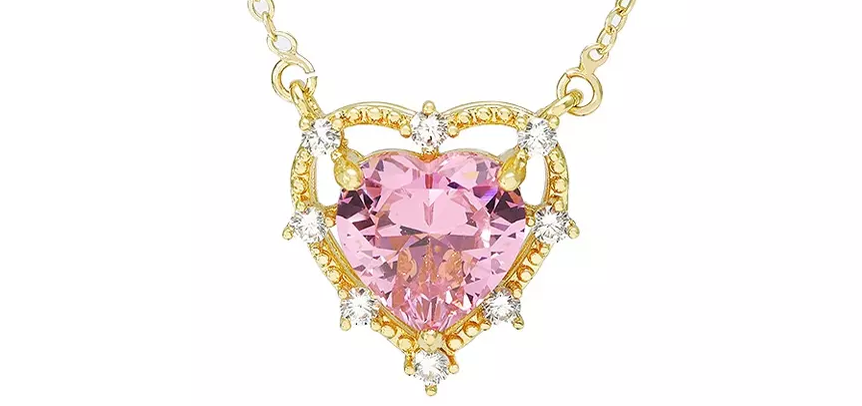
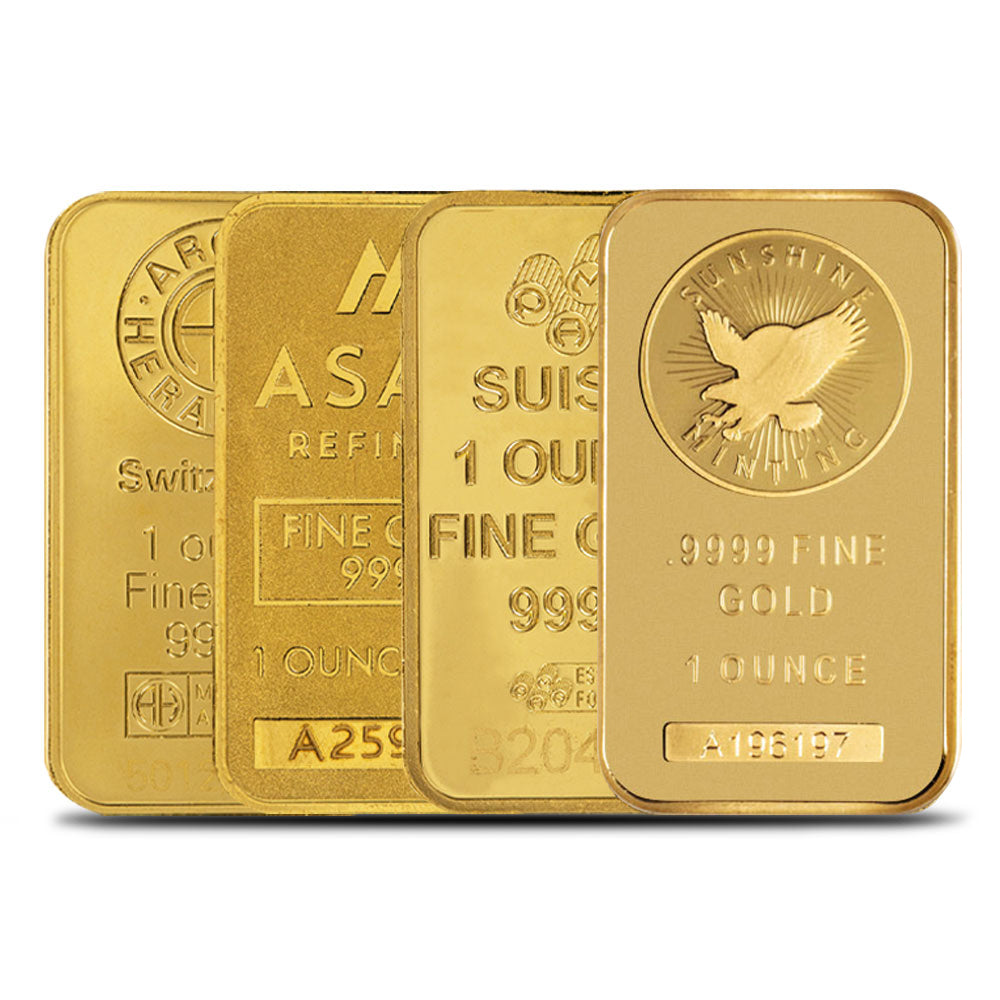
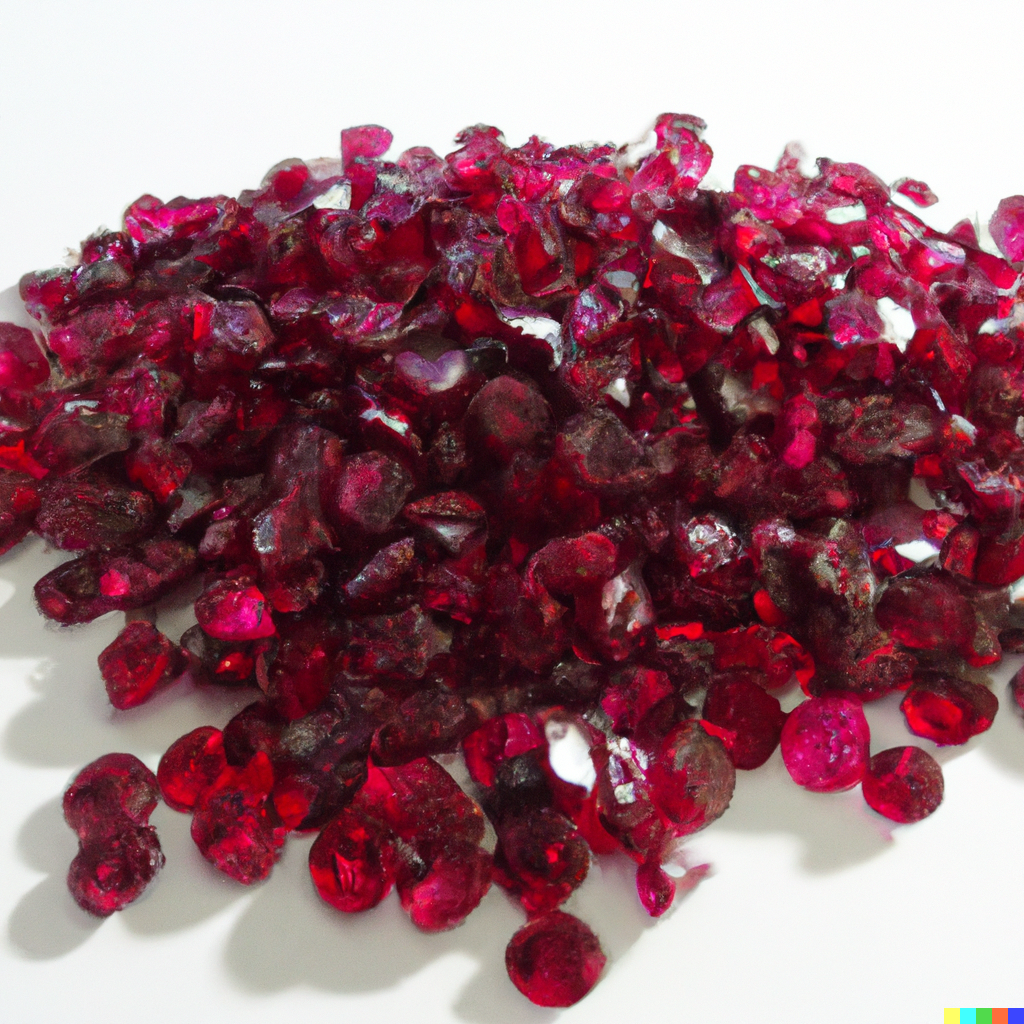
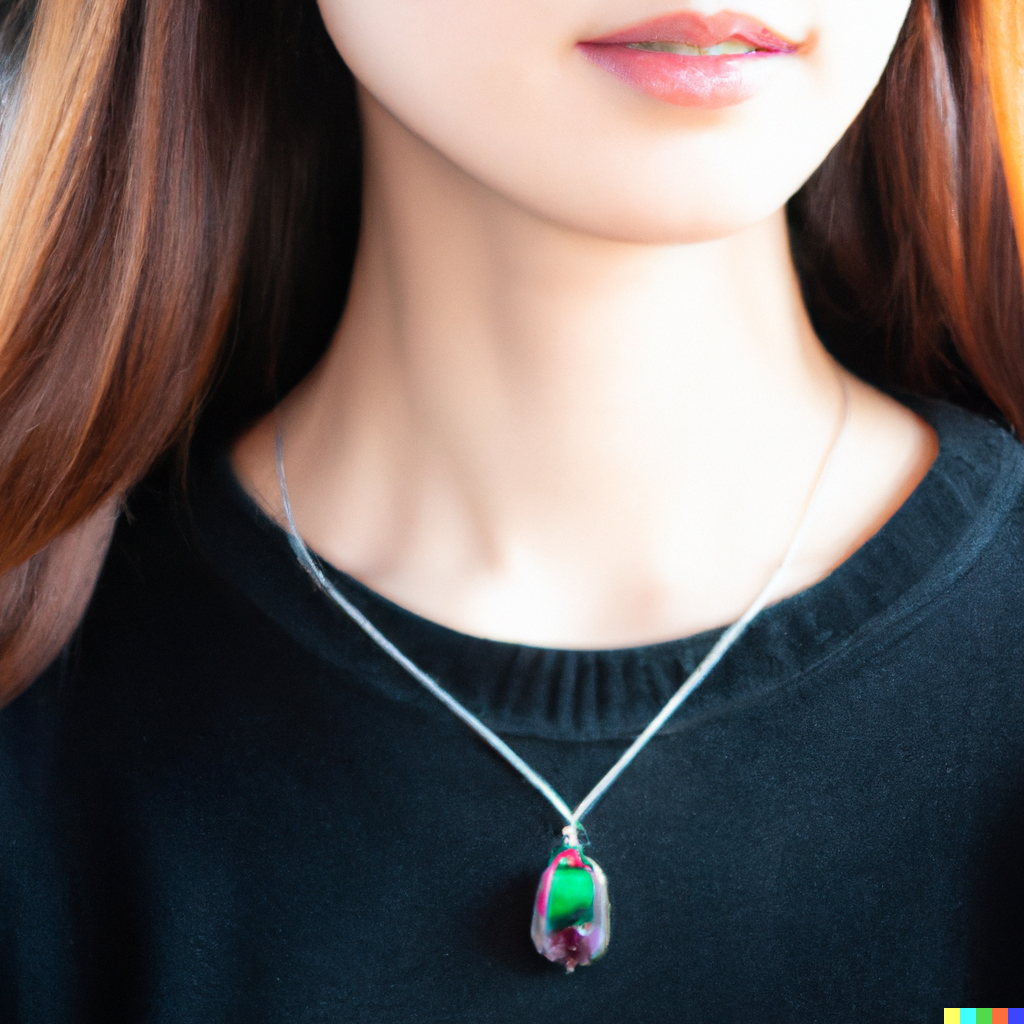
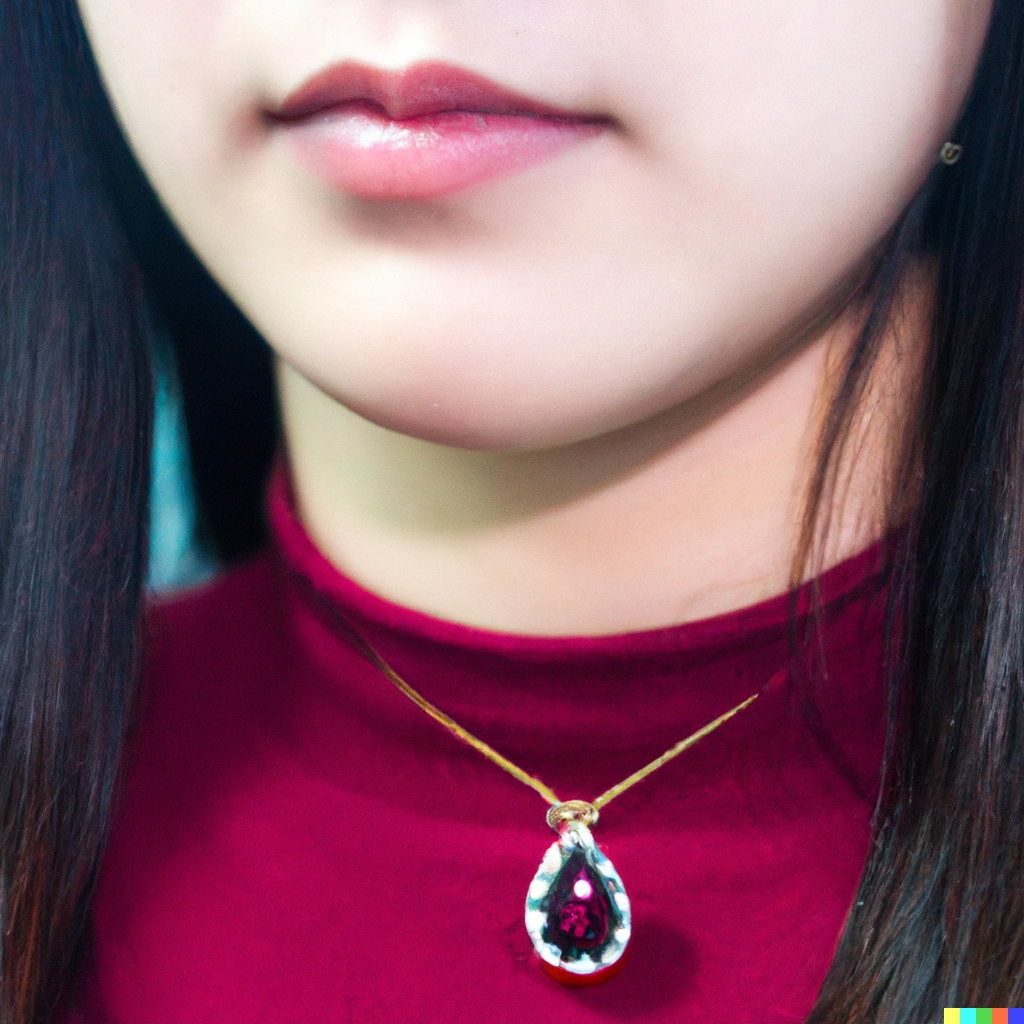
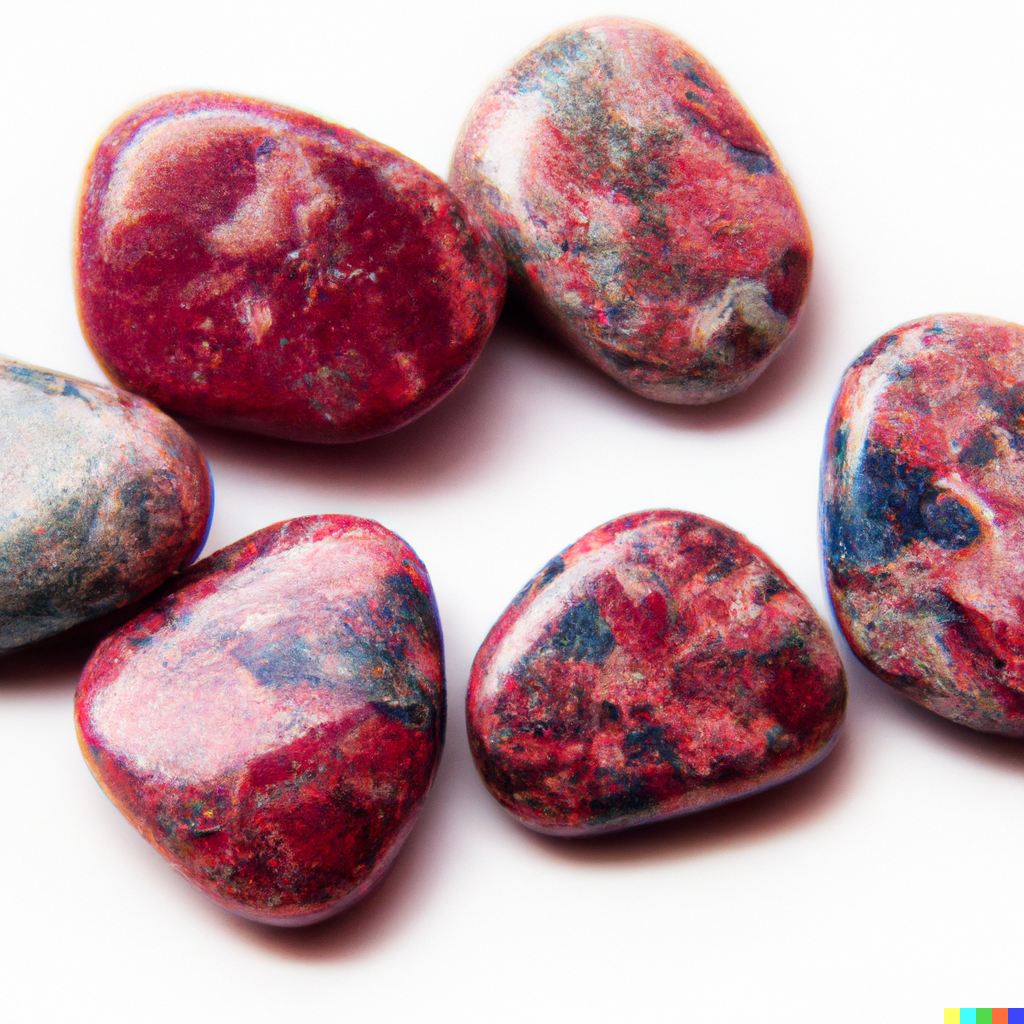
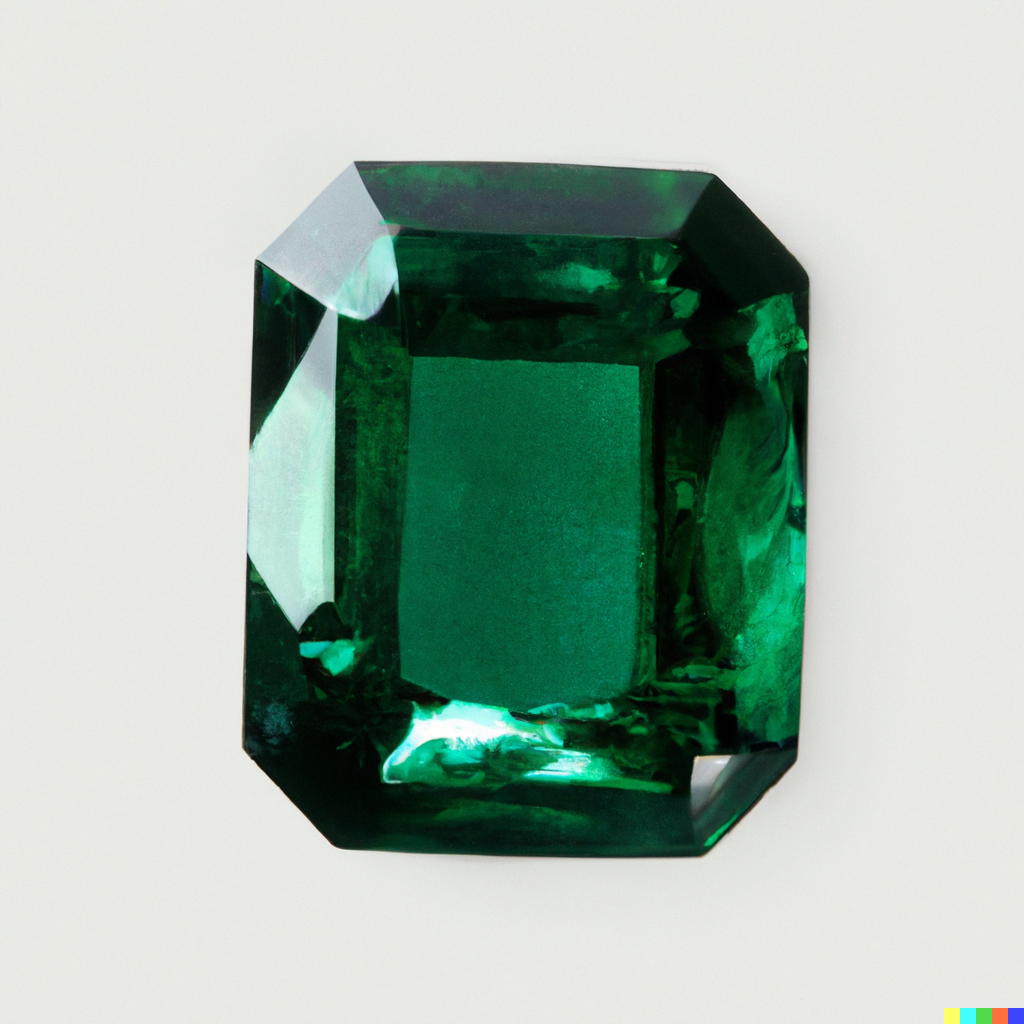
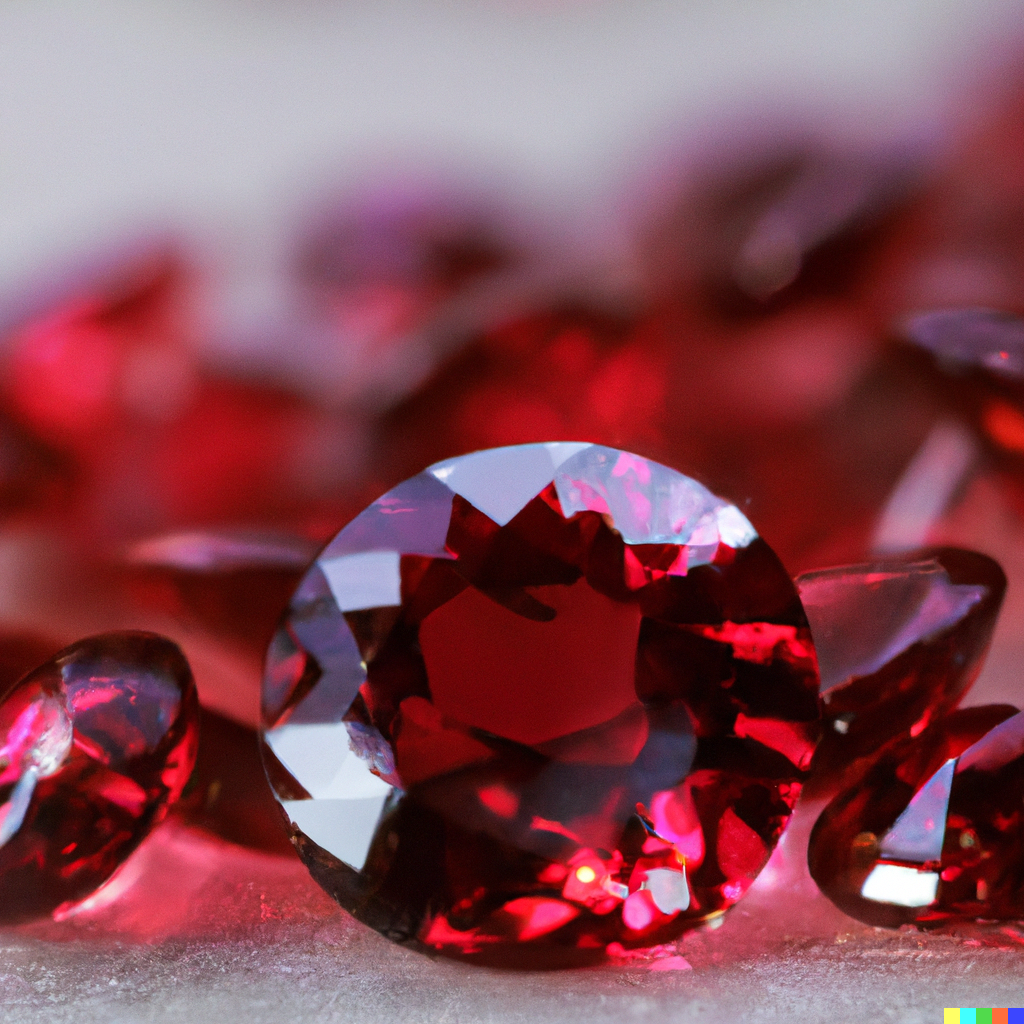
Leave a comment